How an Expert Consultant Slashes Customer Acquisition Cost (That Agencies Can't)
- Chase McGowan

- Aug 5
- 13 min read
If you want to slash your customer acquisition cost, you have to get your hands dirty in your Google Ads account. This isn't about finding some magic bullet; it's about eliminating waste with a fine-toothed comb and obsessively analyzing performance. It's the polar opposite of the "set it and forget it" approach you often get with big, bloated agencies where your account becomes just another number.
Why Bloated Agencies Inflate Your Ad Spend

Sound familiar? You get a fantastic pitch from a senior expert at a big agency. They get your business, they see the vision, and you sign on the dotted line. Then, reality hits. Your account gets handed off to a junior manager who's probably juggling a dozen other clients and lacks the specialized expertise you were sold on.
This is the classic agency "bait and switch," and it's a silent killer for your customer acquisition cost (CAC).
I've seen this happen from the inside more times than I can count. The problem is a massive disconnect: the person who understands the high-level strategy isn't the one in the trenches, pulling the levers on your daily budget and campaigns. That senior expert you met once? They're long gone, chasing the next sale.
This gap creates a cascade of expensive problems:
Wasted Ad Spend: Junior staff often fall back on default settings and broad match keywords, which might as well be a bonfire for your budget. You end up paying for tons of irrelevant clicks because they lack the experience to implement sophisticated, surgical tactics.
Missed Opportunities: The subtle, high-impact optimizations get completely missed. Things like aggressive negative keyword sculpting or sophisticated audience layering just aren't on their radar.
Inflated Fees: A huge chunk of your retainer isn't even going toward managing your ads. It's paying for the agency's fancy office, bloated support teams, and sales commissions—all overhead that doesn't lower your CAC by a single cent.
An expert Google Ads consultant, on the other hand, is both the strategist and the practitioner. The same person who builds your strategy is the one managing every dollar. This creates a direct line of accountability and a hyper-efficient path to lowering your CAC.
The True Cost of Inefficiency
The damage isn't just about the high agency fees you're paying. It's the opportunity cost. You're paying for mediocre results that keep your acquisition costs artificially high.
For example, industry benchmarks show the average CAC for Food & Beverage can be around $53, but it skyrockets in other sectors. The secret to beating these averages isn't just about spending less money; it's about making every dollar you do spend work smarter. That only happens with constant, expert-led optimization.
An independent consultant’s entire business is built on getting tangible results, not on scaling a huge team. This creates a powerful incentive to learn how to lower your cost per acquisition and squeeze every last drop of value from your ad spend. My focus is on making every single click count, turning your ad budget into a predictable growth engine, not just another sunk cost.
Conducting a Ruthless Google Ads Audit
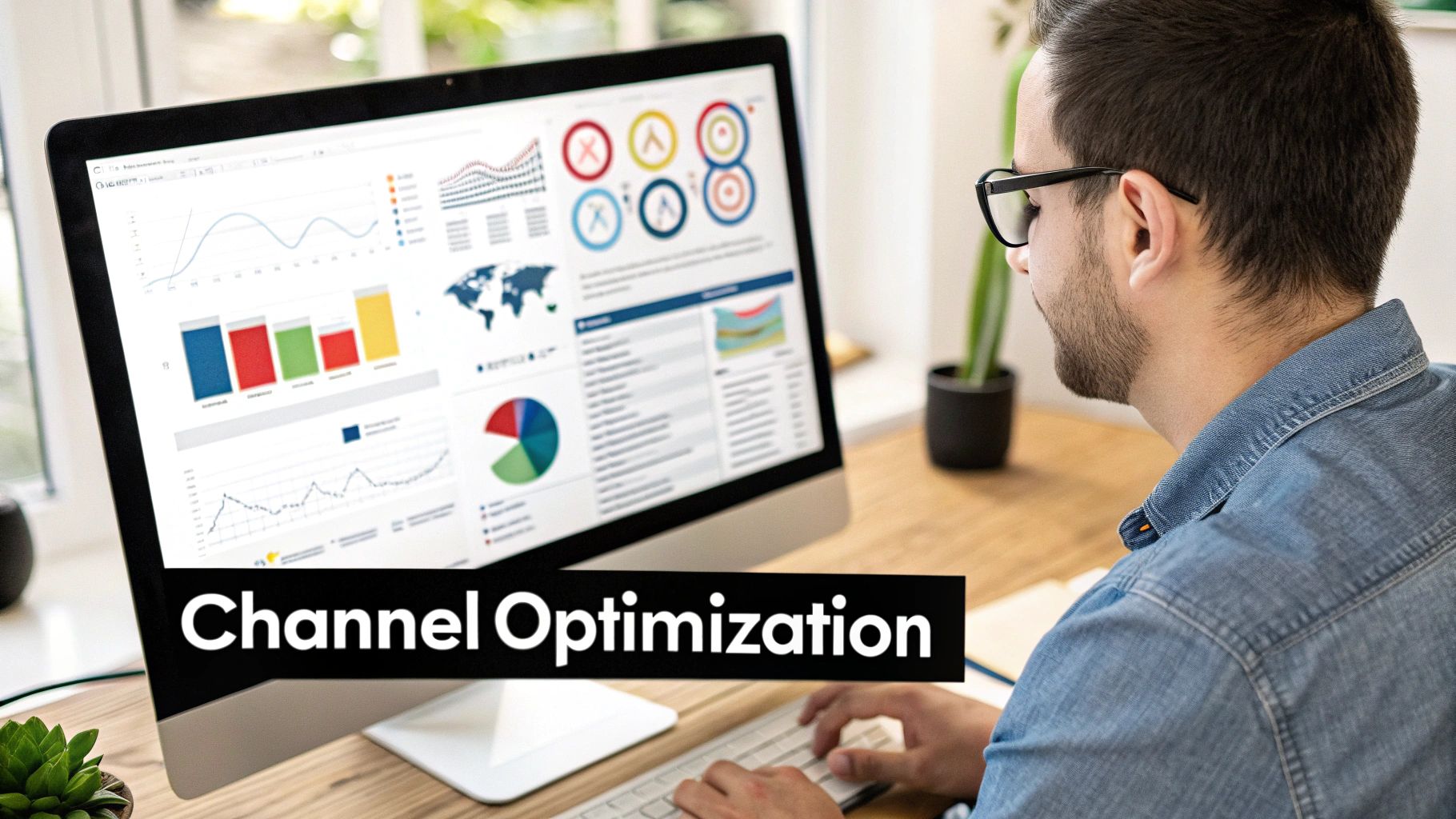
Before you can even think about lowering your customer acquisition cost, you have to stop the bleeding. So many businesses are pouring money into Google Ads campaigns riddled with inefficiencies, and they don't even know it. A ruthless, expert-led audit is the only way to find every single dollar of wasted ad spend.
This isn’t the five-minute once-over an overworked agency account manager gives you before a monthly call. This is a deep-dive, forensic investigation into every dark corner of your account. As an independent consultant, this is exactly where I find the quickest wins for my clients—often uncovering massive savings that agencies have overlooked for months, or even years.
The goal is to challenge every assumption. Every setting. Why is this campaign structured this way? Are these keyword match types actually serving our goals? Is the budget allocated correctly? Answering these questions honestly is how you find the leaks.
Finding the Hidden Money Pits
Most wasted spend doesn't come from one big, obvious mistake. It's death by a thousand paper cuts—a dozen small, compounding errors that an experienced specialist knows exactly where to look for.
A perfect example comes from a B2B software client I worked with recently. They were torching thousands a month on a broad match keyword campaign that had zero recorded conversions. The agency report just called it "low performance." But a detailed search term analysis showed they were paying for clicks from job seekers and students, not actual buyers. We paused the campaign, reallocated that budget, and immediately improved their overall CAC.
This is the fundamental difference in approach. An agency might see a poorly performing campaign as a line item on a spreadsheet. I see it as a puzzle to be solved that directly impacts your bottom line. It's personal, and the accountability rests solely with me.
Your Expert-Guided Audit Checklist
When I audit an account, I’m hunting for specific red flags that signal wasted money and missed opportunities. These are the areas where agencies often apply a generic, "one-size-fits-all" strategy that costs you dearly.
Here’s what I focus on first:
Keyword Match Type Misalignment: Are you running broad match keywords without a robust negative keyword list? This is the fastest way to burn your budget on completely irrelevant traffic. I meticulously comb through search term reports to make sure your ads only show up for queries with high purchase intent.
A Weak Negative Keyword Strategy: A strong negative keyword list is just as important as your target keywords. I often find accounts with only a handful of negatives, which is a huge red flag. A specialist builds and refines this list constantly, blocking costly, irrelevant searches before they can drain your funds.
Inefficient Campaign Structure: Are your campaigns logically grouped by theme, product, or user intent? A disorganized account makes it impossible to control budgets and optimize effectively. I look for bloated ad groups and misaligned keywords that are cannibalizing each other's performance.
Geographic Targeting Leaks: Are you paying for clicks from states or countries you don't even serve? It sounds painfully basic, but it's a shockingly common and expensive mistake. I make sure your targeting is surgically precise, excluding any area that will never lead to a sale.
Attract High-Value Customers with Precision Targeting
Throwing money at a broad "shotgun" approach is a surefire way to burn your budget. If you want to seriously lower your customer acquisition cost, you need to get surgical. Think like a sniper, focusing only on the users with the highest intent to actually convert.
This is exactly where most bloated agencies drop the ball. They lean on wide, generic targeting that pads their monthly reports with vanity metrics but quietly drains your bank account on low-quality clicks. My approach as a specialist consultant is the complete opposite. I don’t just launch a campaign and hope for the best; I layer advanced audience signals to build a hyper-specific profile of your ideal customer.
It's not about finding someone merely interested in your industry. It's about finding the person who is actively looking for your exact solution, right now.
Beyond Basic Demographics
Big agencies love to stop at surface-level demographics. It’s easy. An expert consultant knows the real money is made by going deeper and using the powerful audience signals Google gives us.
In-Market Audiences: These are people Google has identified as actively researching and comparing products or services just like yours. Getting in front of them means you’re catching them at the bottom of the funnel, right when they're ready to pull out their credit card.
Affinity Audiences: These are broader, but they become incredibly powerful when you layer them with other signals. Imagine a luxury travel company targeting users who are not only in the market for "5-star hotels" but are also part of the "luxury travelers" affinity group. Now we're talking.
Custom Intent Audiences: This is where a specialist truly earns their keep. I can build custom audiences from scratch based on the exact keywords people are searching for, the competitor URLs they’re visiting, and even the apps they have on their phones. This is as close to mind-reading as you can get in advertising.
This isn't just theory. The data shows how different optimization tactics, especially those powered by sharp targeting, can directly boost conversions.
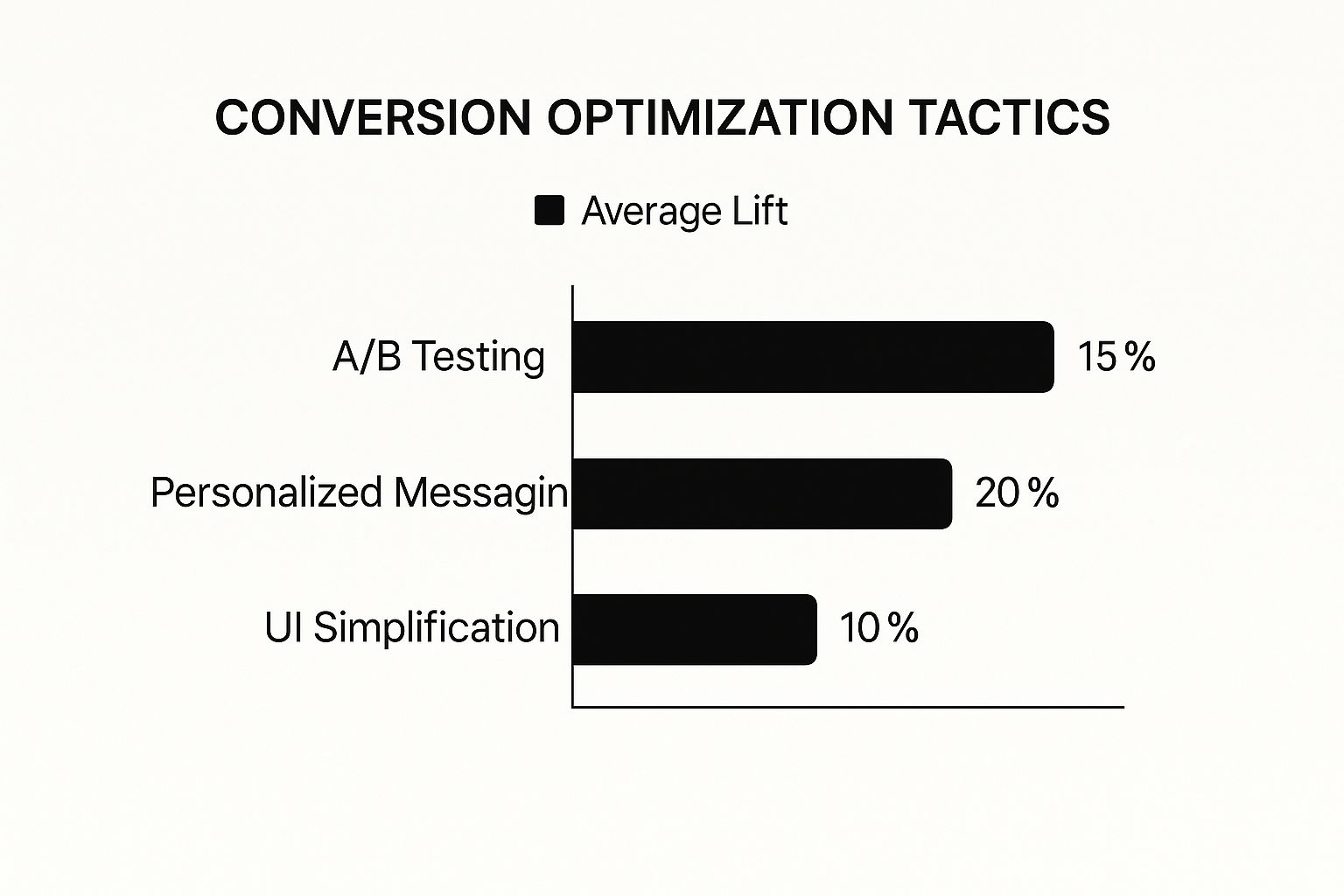
As you can see, personalized messaging—a direct result of knowing your audience inside and out—delivers the biggest lift by a long shot.
How Different Targeting Approaches Stack Up
To put this into perspective, here’s a quick comparison of how a typical agency might handle targeting versus a specialist focused on efficiency.
Agency vs Consultant Targeting Approach
Targeting Tactic | Typical Bloated Agency Approach | Expert Consultant Approach |
|---|---|---|
Keyword Strategy | Broad match on generic head terms. | Surgical use of long-tail keywords combined with precise match types. |
Audience Layering | Basic demographic and interest targeting. | Layering in-market, custom intent, and remarketing audiences for a highly qualified user. |
Exclusions | Minimal negative keywords, often reactive. | Proactive exclusion of irrelevant search terms, placements, and low-intent audiences. |
Geotargeting | Entire countries or states. | Focusing on high-performing zip codes, cities, or even radius targeting around specific locations. |
The difference isn't just in the setup; it's in the results. The expert approach systematically cuts waste and directs every dollar toward clicks that have a real chance of converting.
Real-World Precision in Action
I recently took on a B2B SaaS client whose previous agency was targeting anyone remotely interested in "business software." As you can imagine, their CAC was through the roof.
My first move was to build out custom intent audiences. We targeted users searching for their competitors' brand names, specific "alternative to X" keywords, and URLs of review sites they frequented. This immediately zeroed in on a small but mighty demographic: decision-makers who were actively unhappy and looking to switch.
The result? We slashed their customer acquisition cost by 40% in just two months. We didn't spend less—we just stopped wasting money on people who were never going to buy.
This granular approach is so critical because it aligns with the modern, messy customer journey. Buyers bounce between multiple touchpoints before they ever make a purchase. Remarketing lists for search ads (RLSA) are another powerful tool in our arsenal here. They let us tailor bids and serve hyper-relevant ad copy to people who have already visited your site, re-engaging warm leads with an offer they can't refuse.
By combining these advanced methods, you stop paying for junk traffic and start focusing your budget exclusively on acquiring high-value customers who drive real growth.
If you want to dig deeper into these strategies, our guide on beating bloated agencies with Google Ads optimization is the perfect next step.
Optimizing Ad Copy and Landing Page Experience
Getting the right traffic to click on your ad is only half the battle. If your ad promises one thing and your landing page delivers another, even the best clicks are going to bounce.
This disconnect is where I see so many overpriced agencies drop the ball. They get hyper-focused on click-through rates (CTR) but completely ignore the conversion rates that actually determine your profitability. Their job is done at the click.
Let's be clear: cheap clicks are worthless if they don't turn into customers. As an independent consultant, my job isn't just to get you clicks; it's to get you profitable actions. That means building a seamless, logical journey from the moment someone sees your ad to the second they hit "submit" on your form.
It all starts with ad copy that speaks directly to the searcher's intent. This is more than just stuffing keywords into a headline. It's about answering their silent question before they even click, promising a specific solution that your landing page is ready to deliver on.
The Power of Message Match
One of the most common—and costly—mistakes I uncover in agency account audits is a jarring gap between the ad and the landing page. The ad shouts "50% Off Emergency Plumbing," but the click leads to a generic homepage with zero mention of the discount.
This breakdown in message match is a certified conversion killer. It creates confusion, destroys any trust you just built, and sends your Quality Score into a nosedive. When that happens, your ad costs go up.
A high Quality Score isn't a vanity metric; it's a direct discount from Google. A strong message match between your ad copy and landing page is one of the biggest factors in achieving it, allowing you to pay less per click than your competitors.
I obsess over this alignment. If an ad group targets "B2B SaaS accounting software," you can bet the ad copy will speak to that exact need, and the landing page will greet them with a headline like, "The Best Accounting Software for B2B SaaS Companies." It’s a simple concept, but the meticulous execution is what often gets lost in a bloated agency’s workflow.
Landing Page Optimization Agencies Overlook
This is where an experienced consultant provides value that goes way beyond basic campaign management. For most agencies, the job is done once the click happens. For me, that's just the halfway point. Optimizing the landing page experience is non-negotiable if you want to reduce your customer acquisition cost.
Here are a few adjustments I've made for clients that have literally doubled their conversion rates overnight:
Page Speed: A slow website is a death sentence for conversions. Even a one-second delay can slash conversions by 7%. I analyze and pinpoint the technical fixes to make your page load almost instantly, especially on mobile where most of your traffic comes from.
Frictionless Calls-to-Action (CTAs): Is your "Request a Demo" button buried below the fold? Is your form asking for 15 different fields? I strip out the friction, making the next step obvious, simple, and easy for the user to take.
Clear, Compelling Headline: The headline has one job: to instantly confirm the user is in the right place and reiterate the ad's core promise.
Trust Signals: Adding testimonials, client logos, or security badges isn't fluff. It builds immediate credibility and dismantles the hesitation that stops people from converting.
I've seen simple landing page tweaks—like changing a headline and cutting a form from ten fields down to four—cut a client's CAC in half. It’s this dedicated, end-to-end optimization that separates a true specialist from a faceless agency.
For a deeper look at these techniques, you can check out my expert's guide to **beating bloated agencies with Google Ads optimization**.
Using Smart Bidding and AI Like a Pro
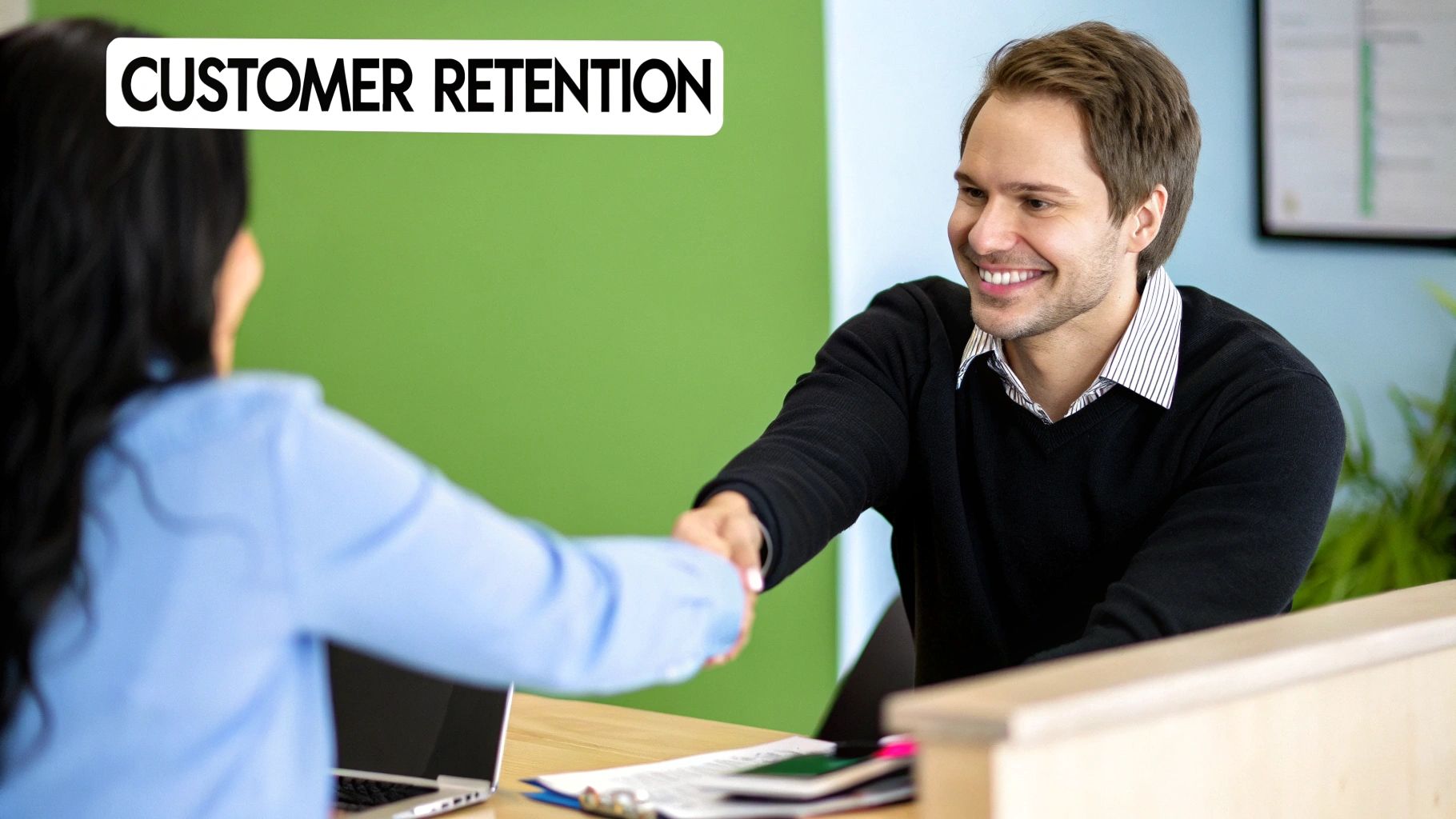
Google's Smart Bidding can be your best friend in the fight to lower customer acquisition costs. Or, it can be the fastest way to light your budget on fire. Handing the keys over to an algorithm without an expert co-pilot is a gamble most businesses simply can't afford to lose.
This is one of those areas where the difference between a specialist consultant and a big agency becomes painfully obvious. Overworked agency managers often treat Smart Bidding like a "set it and forget it" feature. They flip a switch, plug in a broad target, and let the machine run wild.
The problem? AI is a powerful tool, but it's not a mind reader. It needs to be fed the right data, given the right guardrails, and guided by a human who actually understands the nuances of your business. Without that strategic direction, you’re just automating waste.
The Agency Pitfall of Automated Bidding
When I audit agency-managed accounts, I see the same costly mistakes over and over again. Large agencies often fall into these traps because they see automation as a way to manage more accounts with less hands-on time—which pads their bottom line, not yours.
Here are the most common blunders I find:
Activating Way Too Soon: They'll turn on Smart Bidding for campaigns with almost no conversion data, forcing the algorithm to guess. It’s like asking a GPS for directions without telling it your destination. The AI needs a baseline of at least 30-50 conversions in the last 30 days to start making informed decisions.
Setting Impossible Targets: A junior manager might set a Target CPA of $20 when your account's historical data clearly shows the average is closer to $80. The algorithm will then slam the brakes on your ad delivery, killing your lead flow because it can't hit a fantasy number.
Ignoring Data Quality: They feed the AI junk data from poorly set up conversion tracking. If every "contact us" page view is tracked as a "lead," the algorithm will happily optimize for worthless traffic, sending your real CAC through the roof.
Smart Bidding doesn't replace the need for an expert; it amplifies it. An experienced consultant acts as the AI's co-pilot, making sure the automated systems are chasing your actual business goals, not just hitting arbitrary machine-learning metrics.
Guiding the AI Like an Expert
My role as a specialist isn't just to turn the machine on—it's to manage it. I make sure the AI has everything it needs to learn fast and effectively, which is the whole key to driving down your customer acquisition cost.
We always start by feeding it clean, high-quality conversion data. That means we only track the actions that truly matter to your bottom line, like qualified form submissions, valuable phone calls, and actual sales.
From there, I set realistic, data-backed targets for strategies like Target CPA or Target ROAS. I don't just pull a number from thin air. I analyze historical performance to set an initial goal the AI can actually hit before we gradually start pushing it for more efficiency.
The impact of this guided approach is huge. In fact, research shows that companies properly using AI-powered marketing optimization see an average 37% reduction in their customer acquisition costs. This is what moves your strategy from a "shotgun" blast to a precise, data-driven operation where every dollar works smarter. You can learn more about how AI is transforming marketing budgets on singlegrain.com.
This hands-on, expert oversight is what turns a powerful tool into a profitable growth engine.
Your Questions, Answered
When you're trying to get a handle on customer acquisition costs, a lot of practical questions come up. Let's get straight to the point and tackle the most common ones I hear from business owners.
How Quickly Can I Actually See a Lower CAC?
This is always the first question, and the honest answer is: it depends, but you can see progress much faster than you might think. While long-term, sustainable cost reductions take a bit of time as campaigns gather data, there are almost always some quick wins hiding in plain sight.
As a dedicated consultant, I can often spot significant budget leaks from things like sloppy keyword match types or incorrect geographic targeting within the first week of an audit. Fixing these foundational problems immediately stops wasted ad spend, which gives you a direct, day-one drop in your CAC. A bloated agency with layers of management might take a month to approve the same simple changes I can implement in an afternoon.
Should I Just Lower My Bids to Reduce Costs?
Simply slashing your bids across the board is a blunt-force tactic that usually causes more problems than it solves. Sure, it might lower your cost-per-click, but it can also knock you out of the top ad spots, tank your impression share, and ultimately starve your campaigns of the high-intent traffic that actually converts.
A much smarter approach is to let the data do the talking.
A true specialist won't just blindly cut your bids. Instead, I dive into the performance data to pinpoint which specific keywords, audiences, or even times of day are unprofitable. Then, I make surgical bid adjustments only for those segments. This cuts costs without sacrificing your most valuable traffic.
Why Not Just Hire a Cheaper, Big Agency?
Picking an agency because they have a low monthly retainer is almost always a false economy. Those large, low-cost agencies make their money by piling dozens of accounts onto a single junior manager. Your account gets the bare minimum attention, real strategic thinking is nonexistent, and the goal becomes just maintaining the status quo—not aggressively optimizing to lower your CAC.
You end up paying for their inefficiency. The money you think you're "saving" on the retainer gets torched many times over through wasted ad spend on their watch.
When you work with a dedicated consultant, you're paying for direct expertise and accountability. The person managing your account has a personal stake in getting you results, ensuring your ad budget is treated with the same care as their own.
Ready to stop paying for bloated agency overhead and start investing in real results? At Come Together Media LLC, I provide the one-on-one, expert Google Ads management you need to slash your customer acquisition costs and drive actual growth.
Let's schedule your free, no-commitment consultation today. https://www.cometogether.media




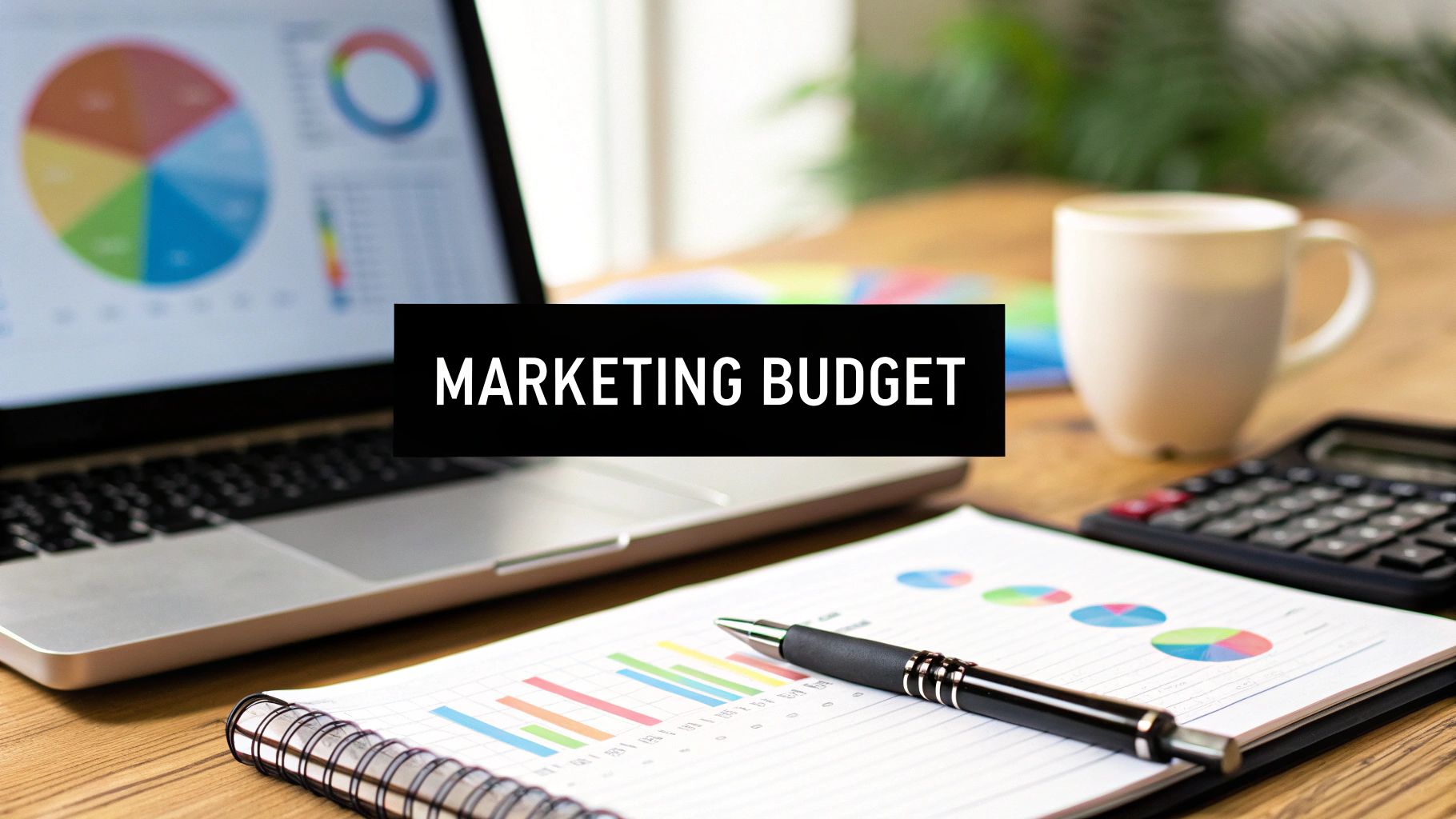
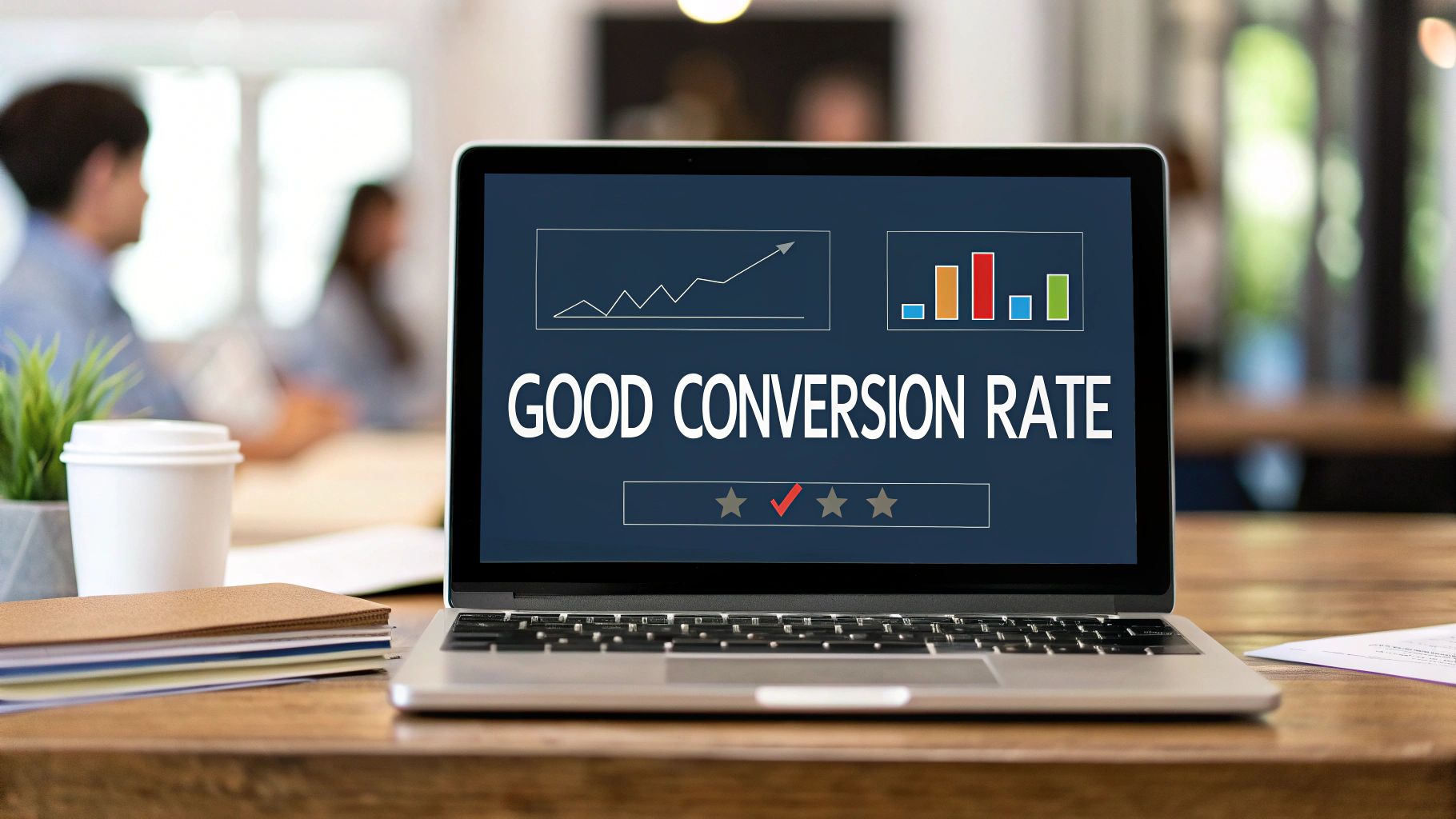
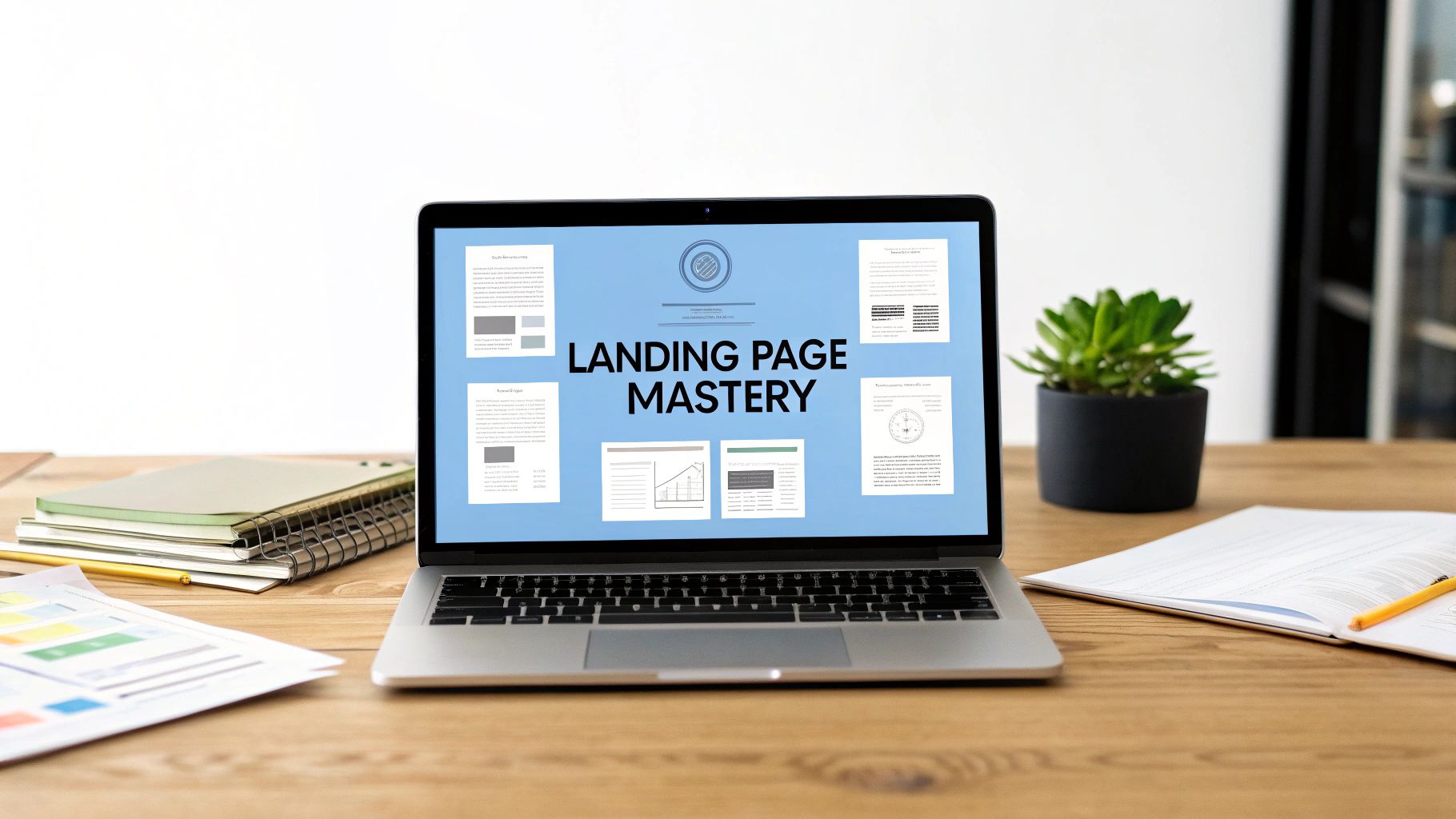
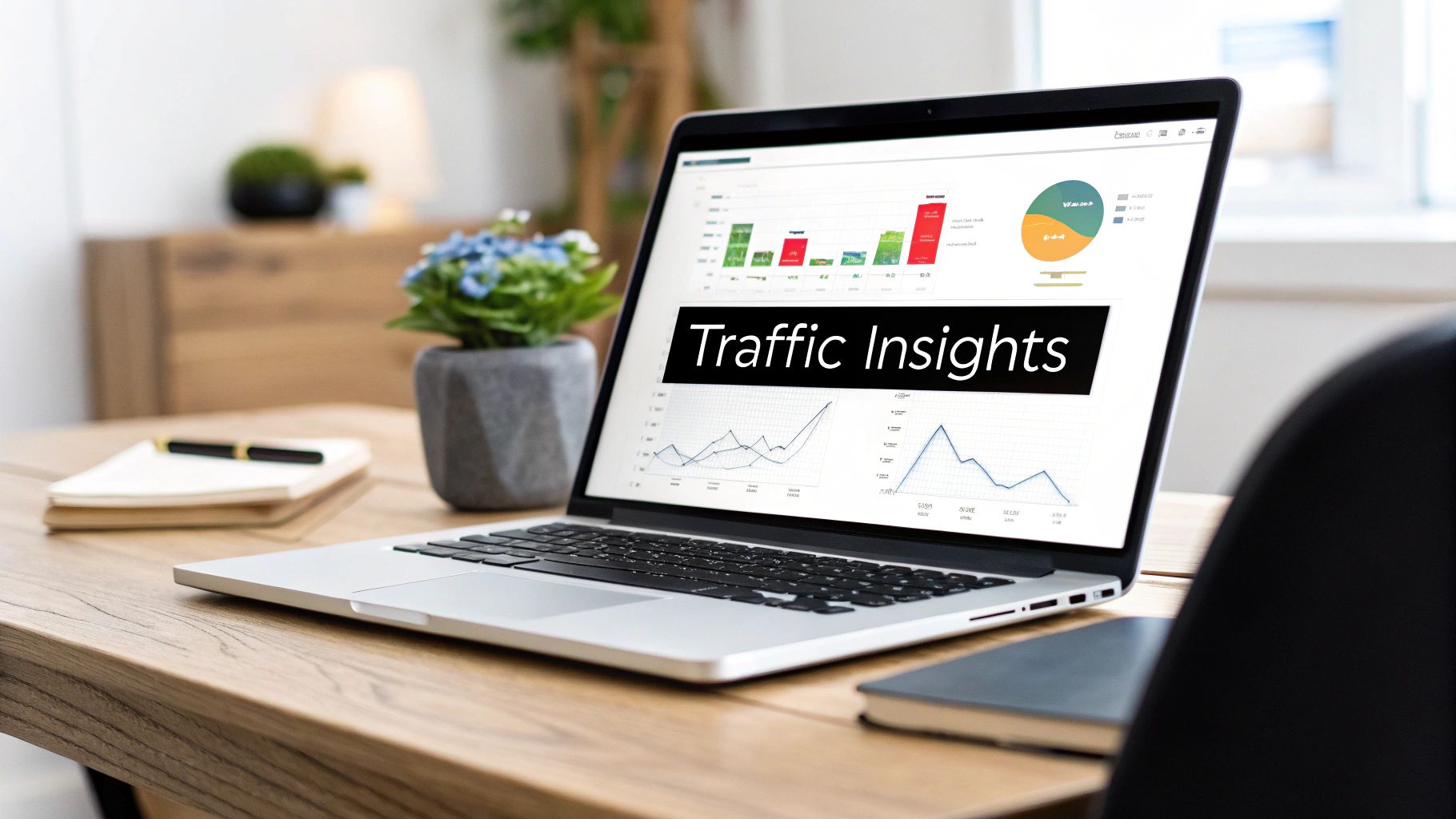
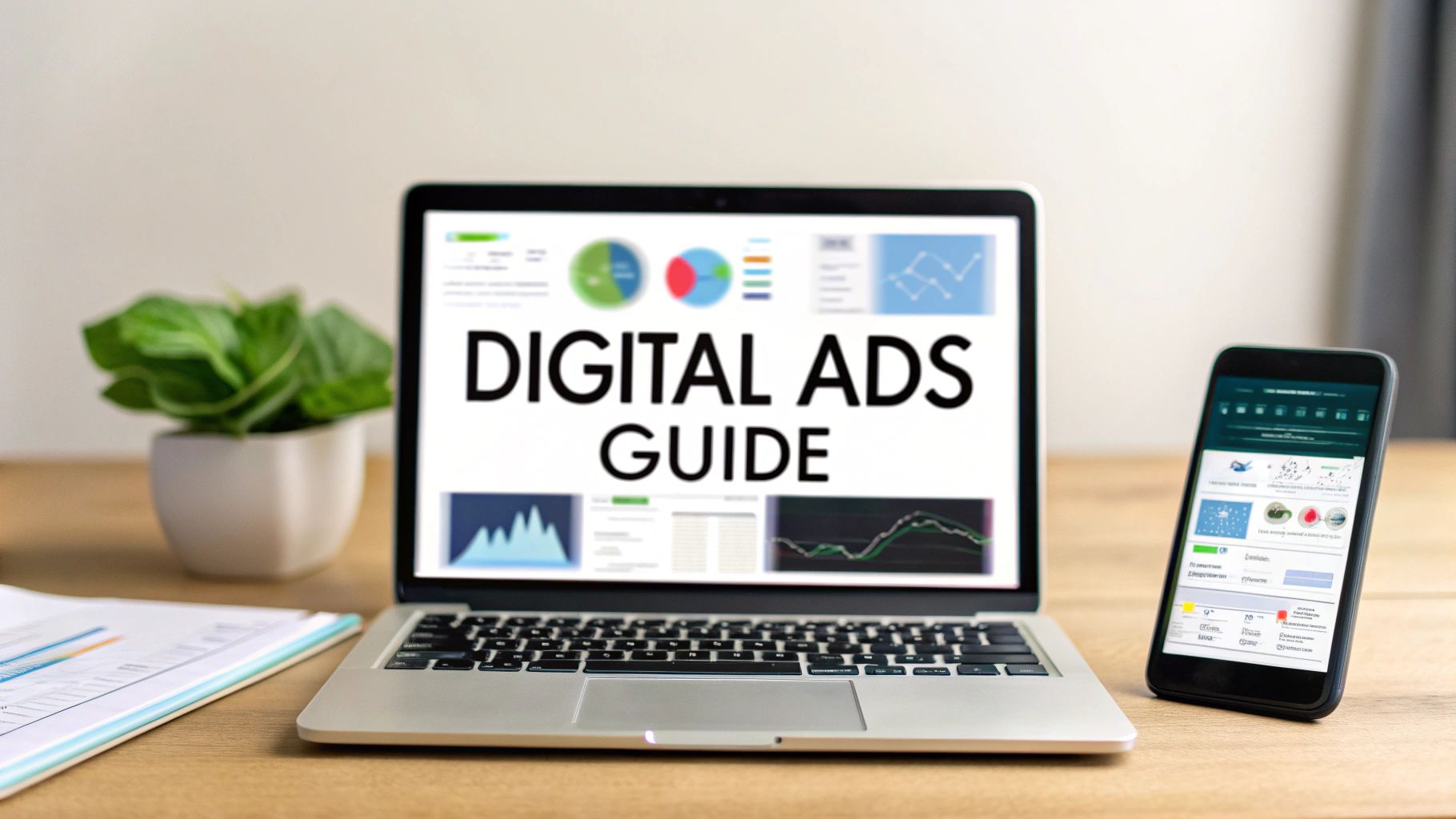
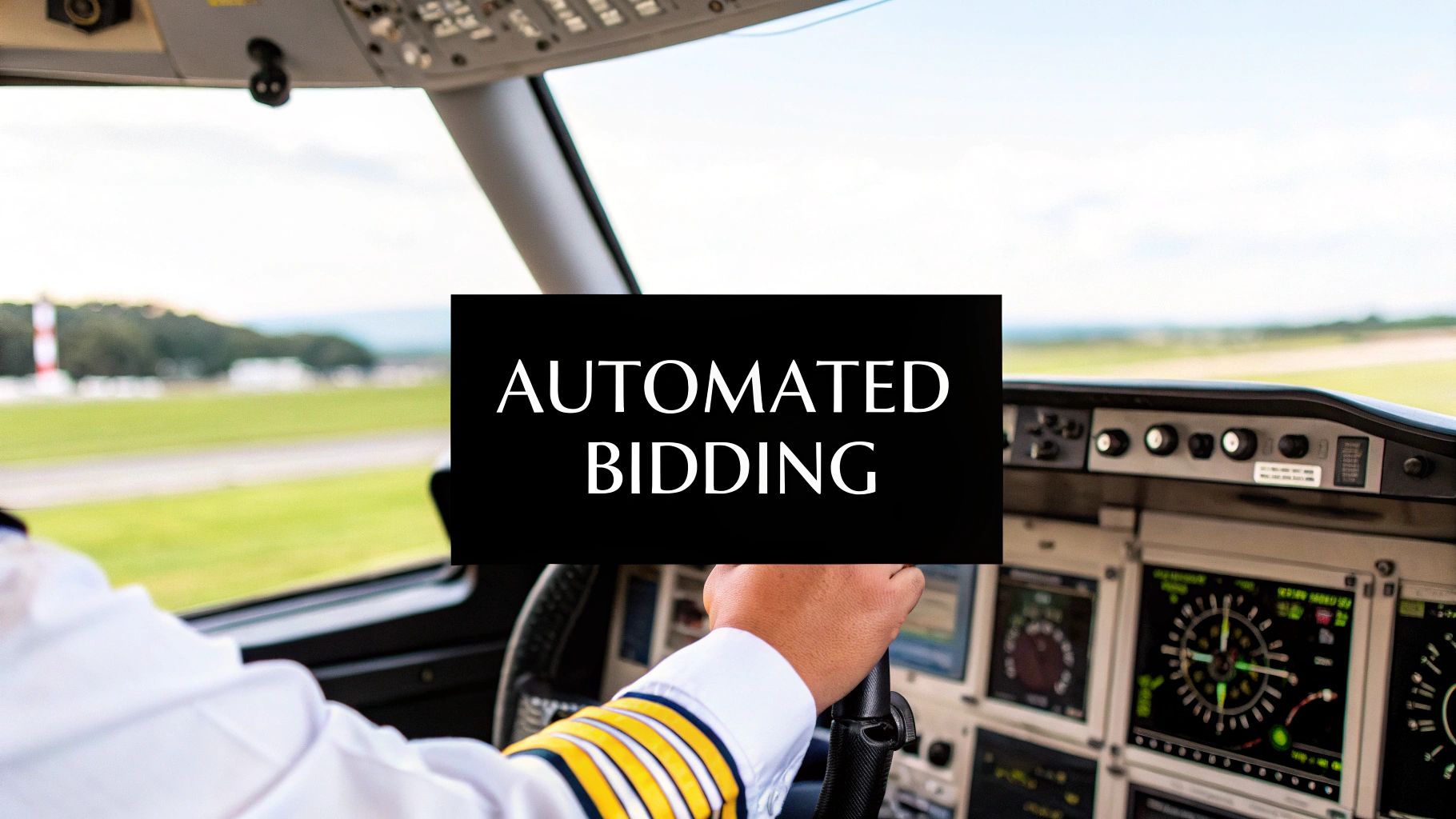
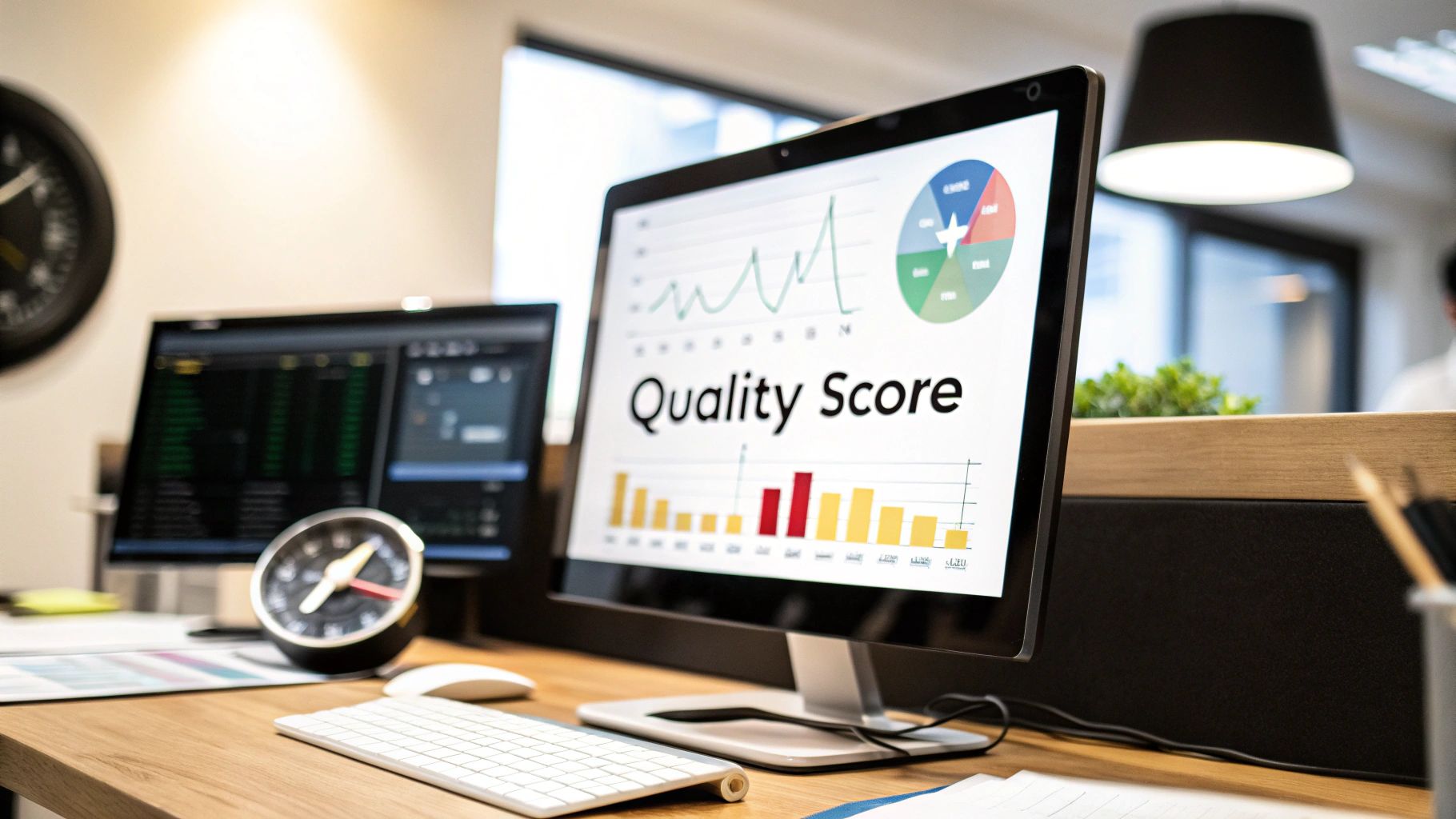
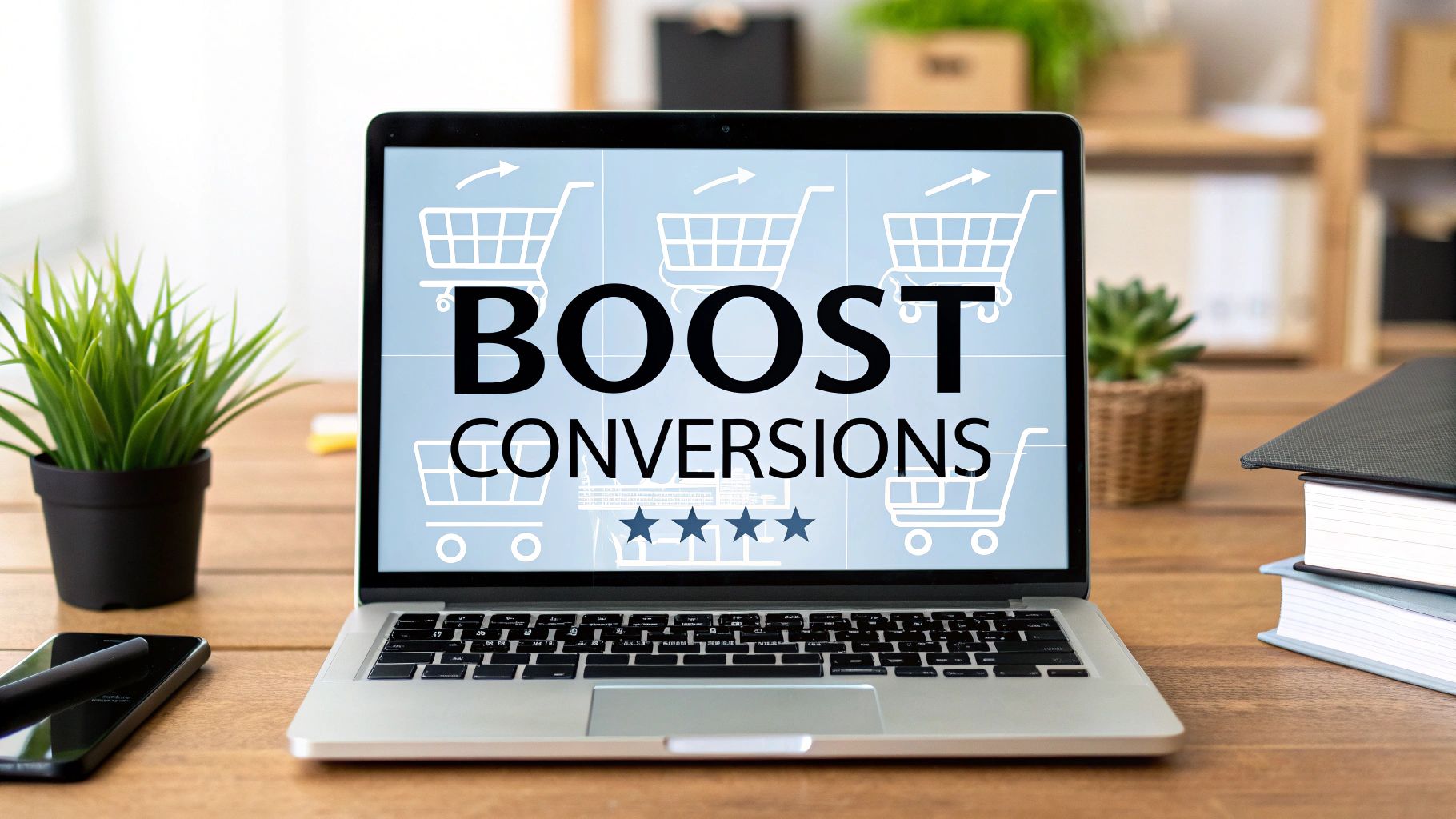
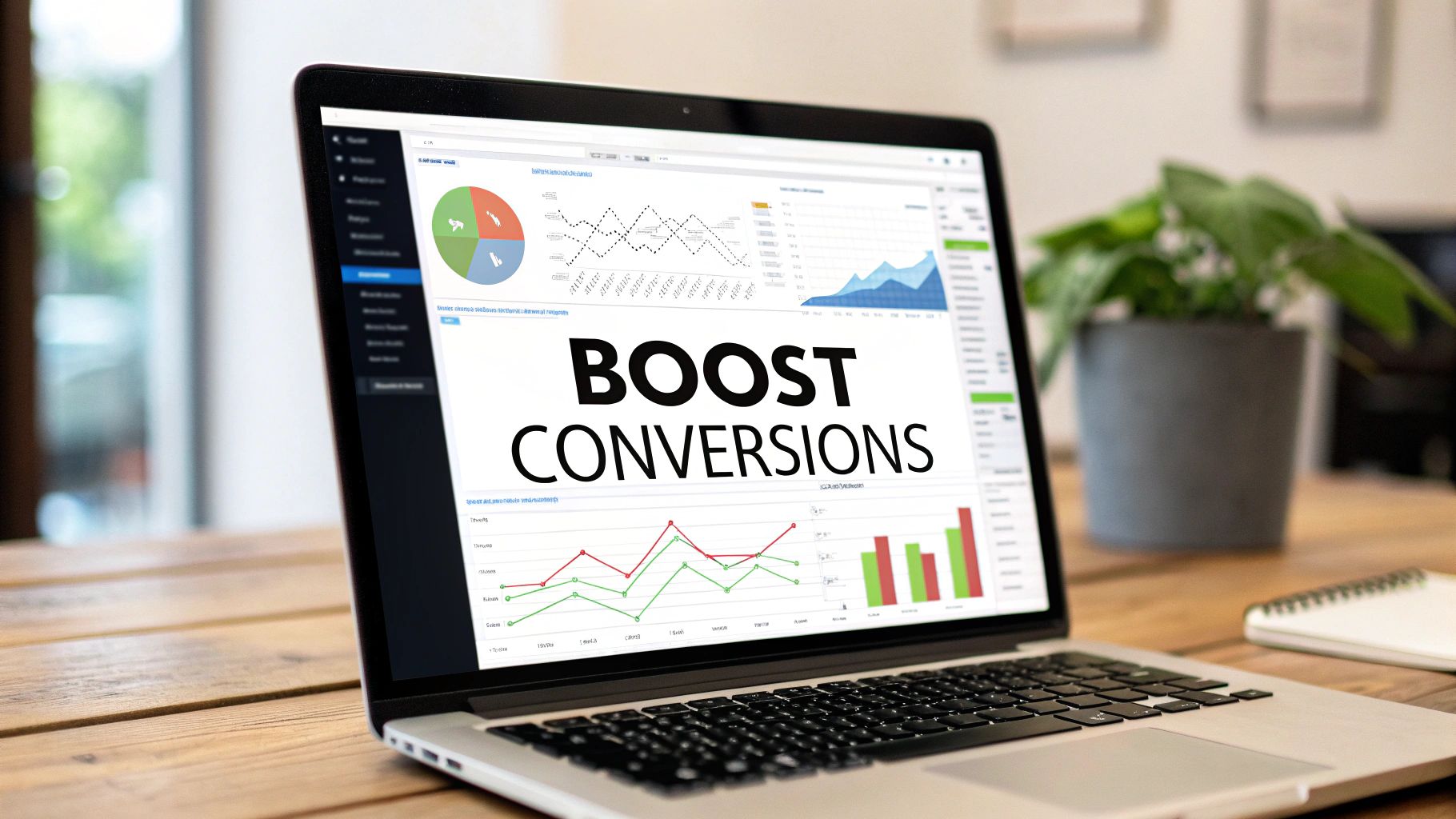
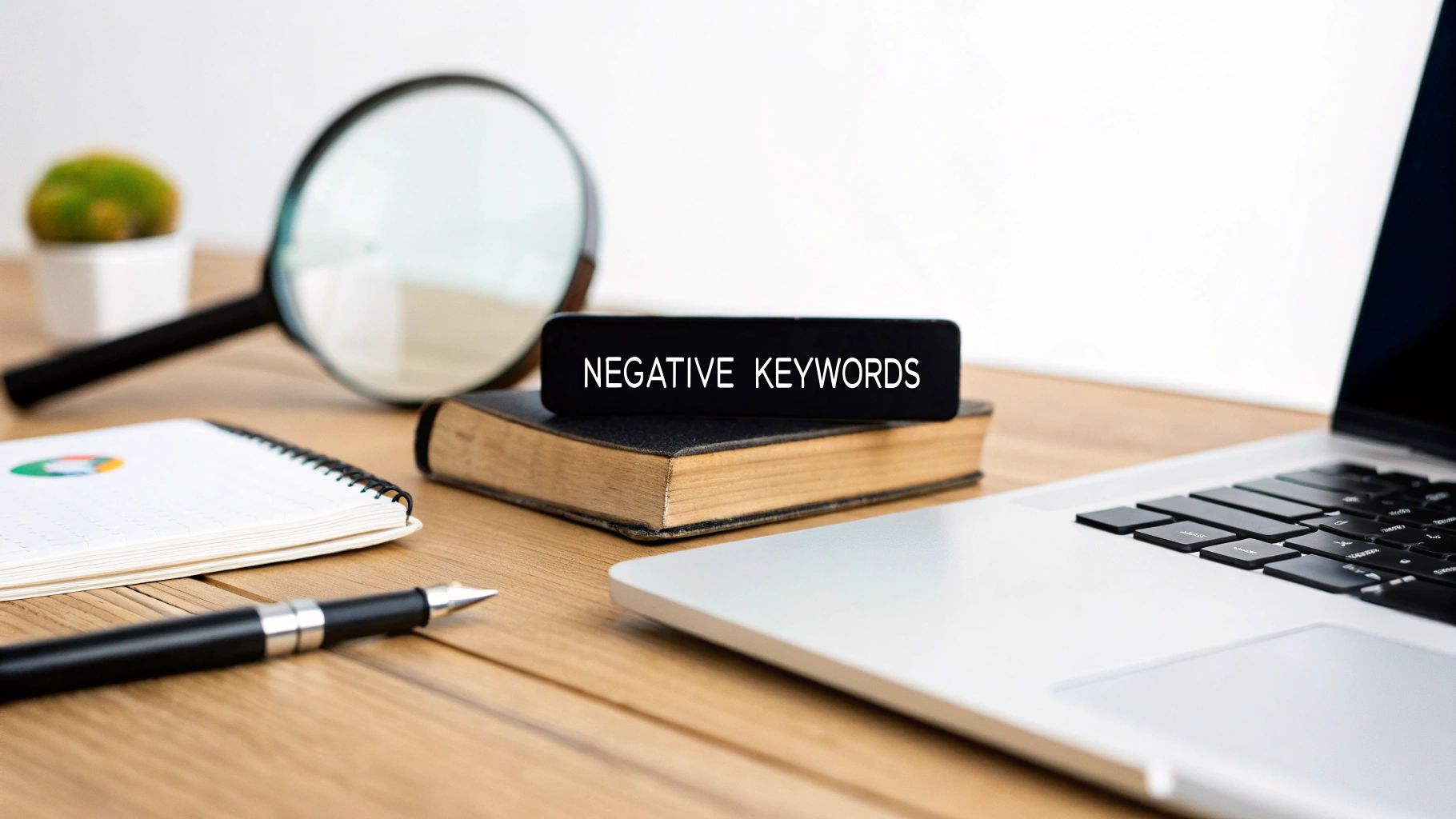
Comments